Initially I was working to reverse engineer the interface for the optical trackpad/joystick/navigation buttons used on a number of blackberry phones.
These modules are essentially tiny cameras with built in logic to determine the frame-by-frame differences of the surface being tracked, usually a fingertip, but a tongue should work as well.
I purchased modules from two different phone models, but they turned out to use completely different internal tracking modules.
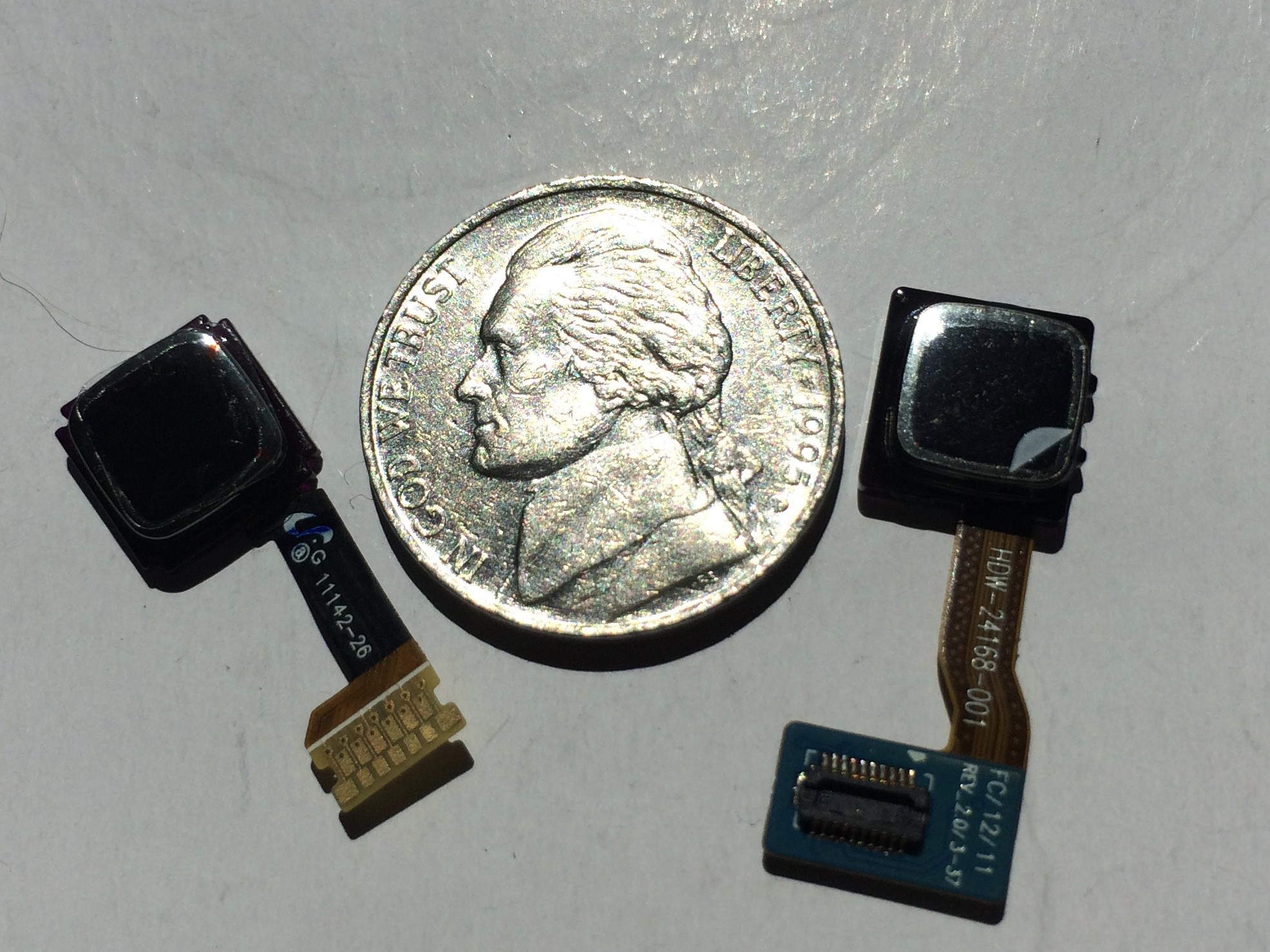
While researching these sensors I found a new sensor made by PixArt Imaging intended for surface tracking applications. (It is also used as the filament tracker on new Prusa printers)
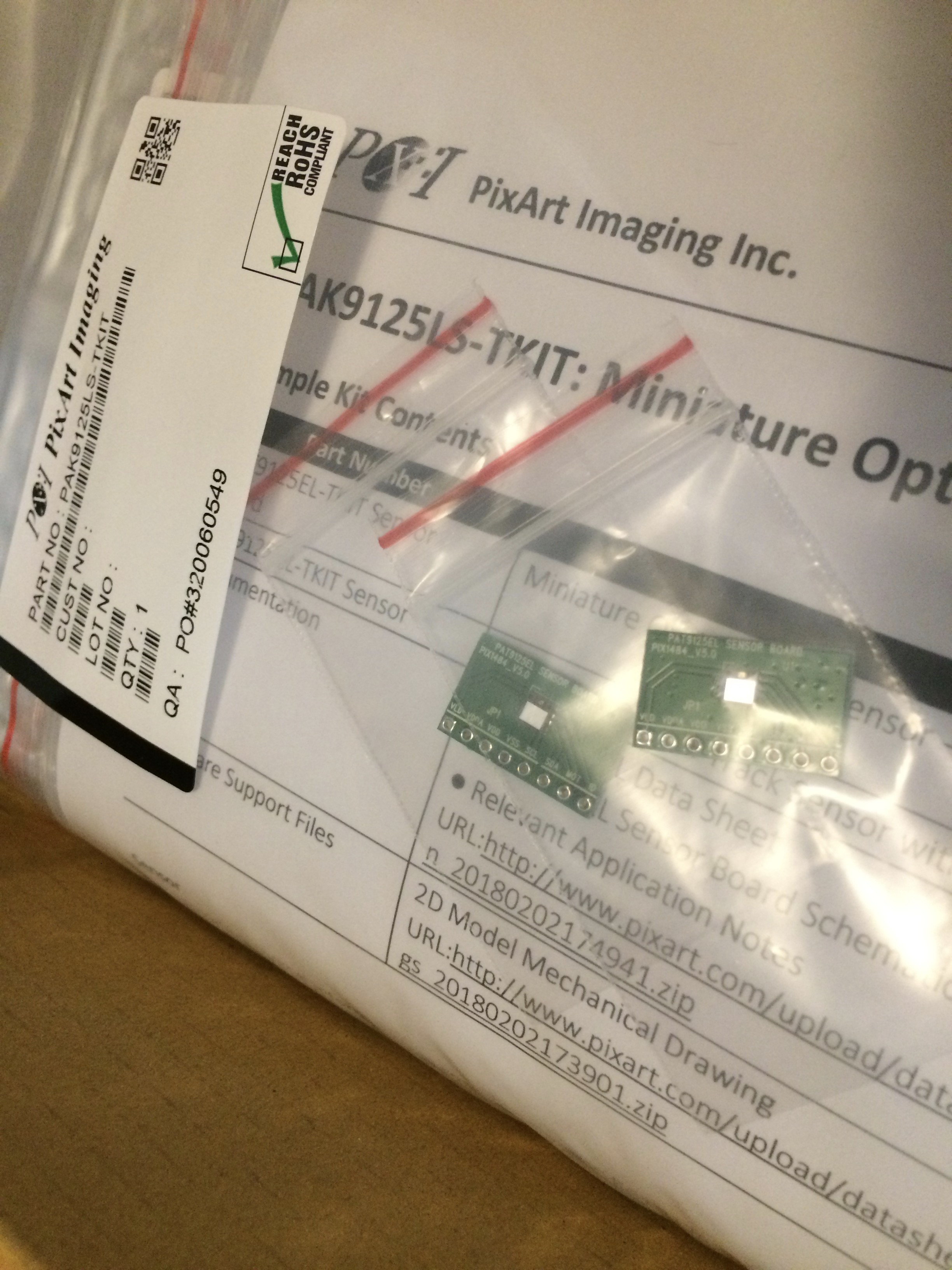
I am still finalizing the beta prototype and will update the BOM and details as the design solidifies.
Here is an example of the serial debug output:
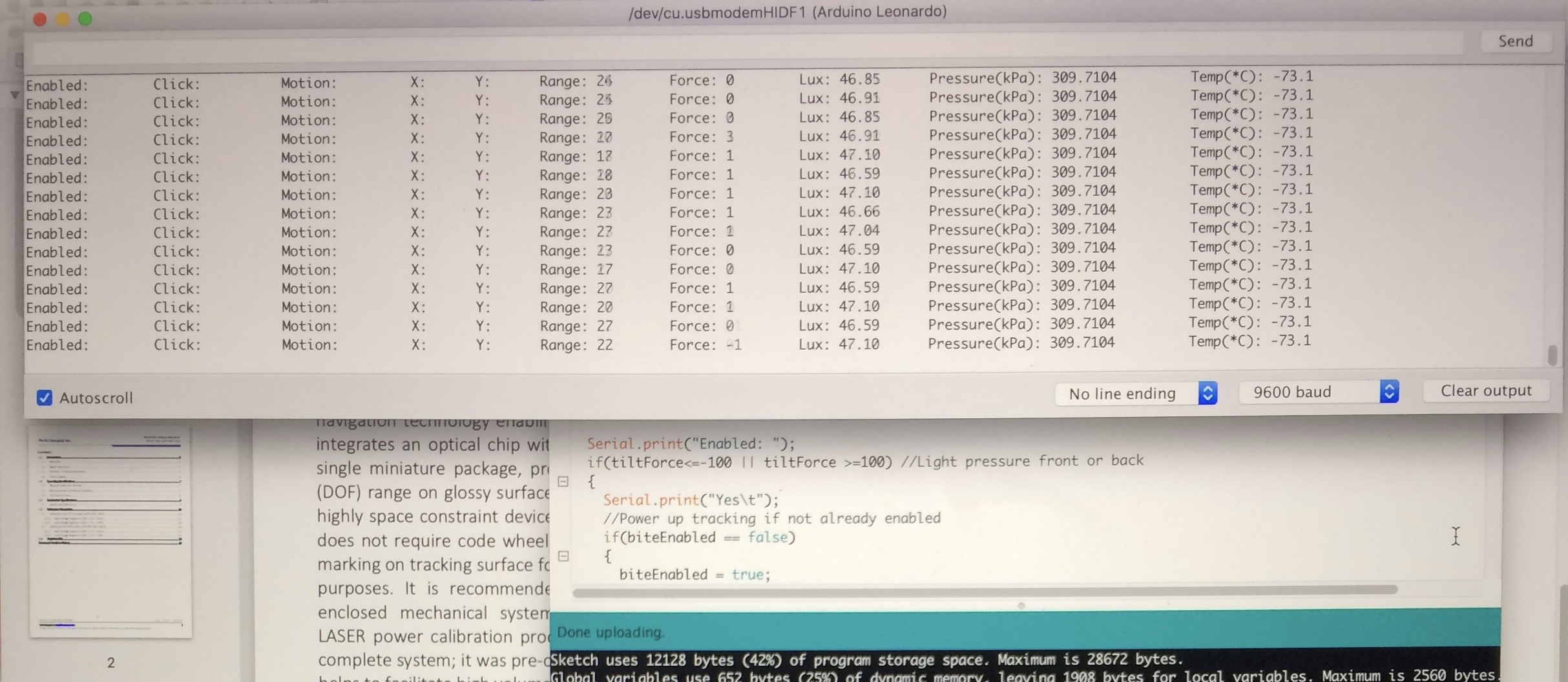
 oneohm
oneohm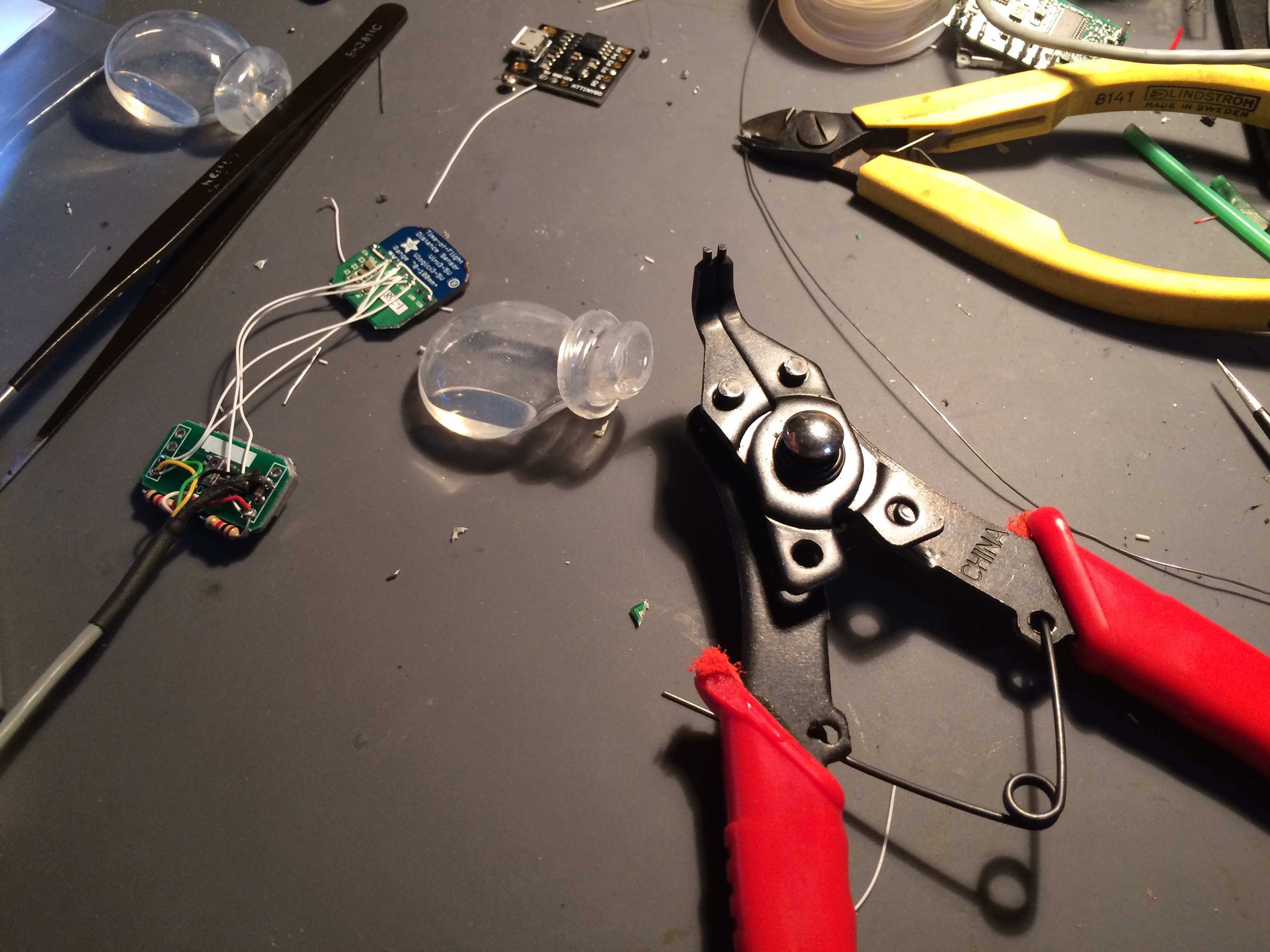
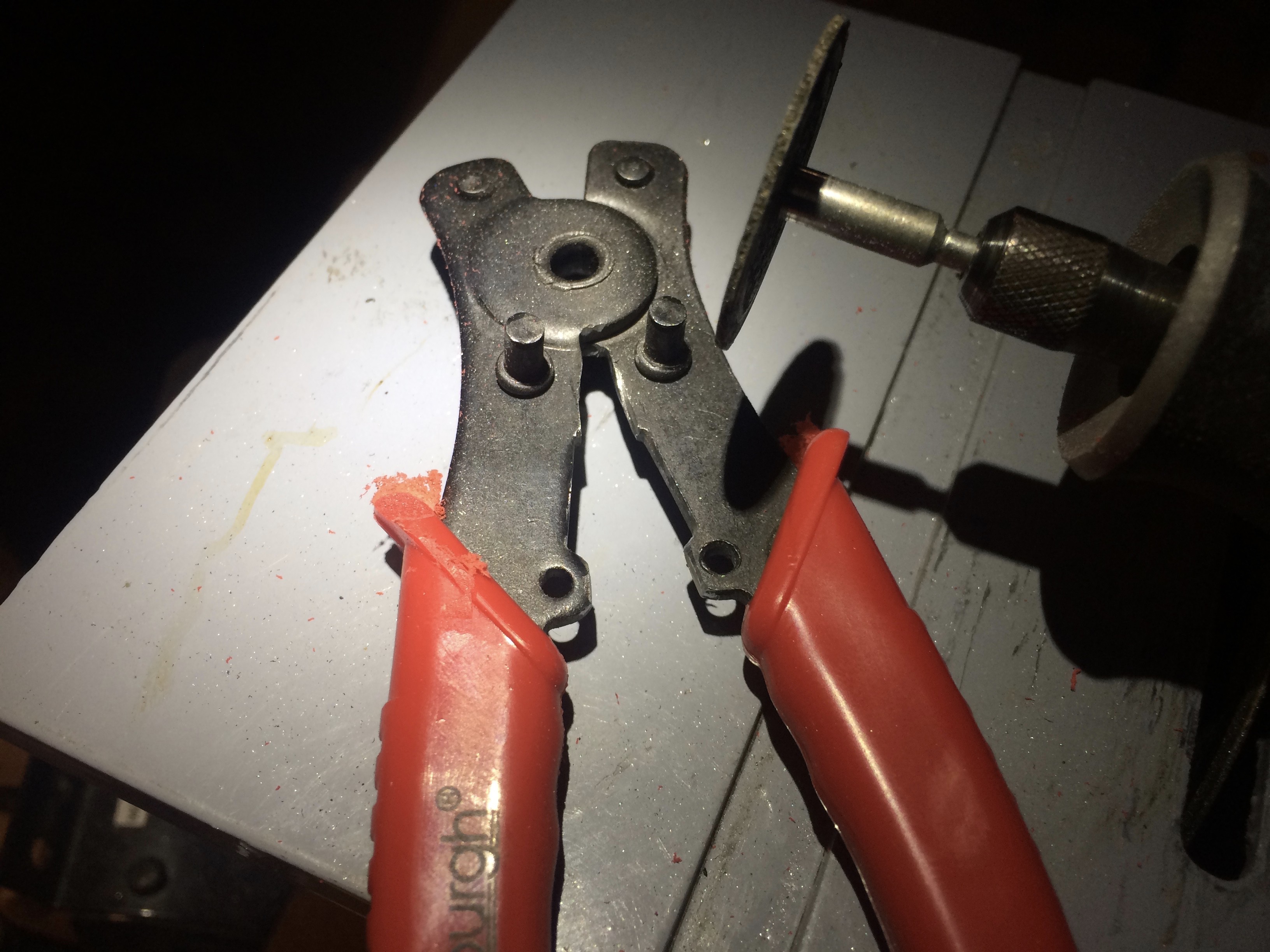
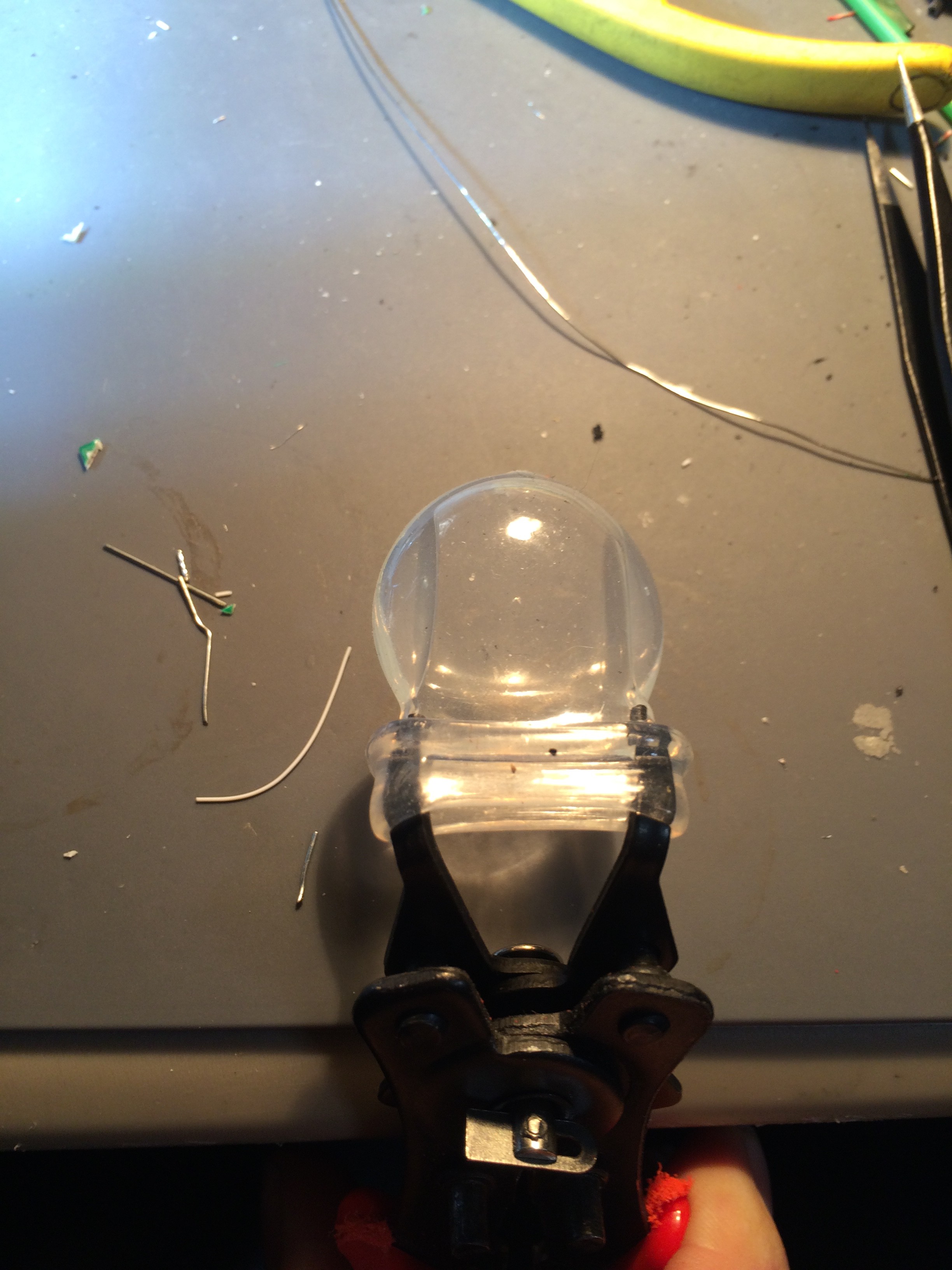
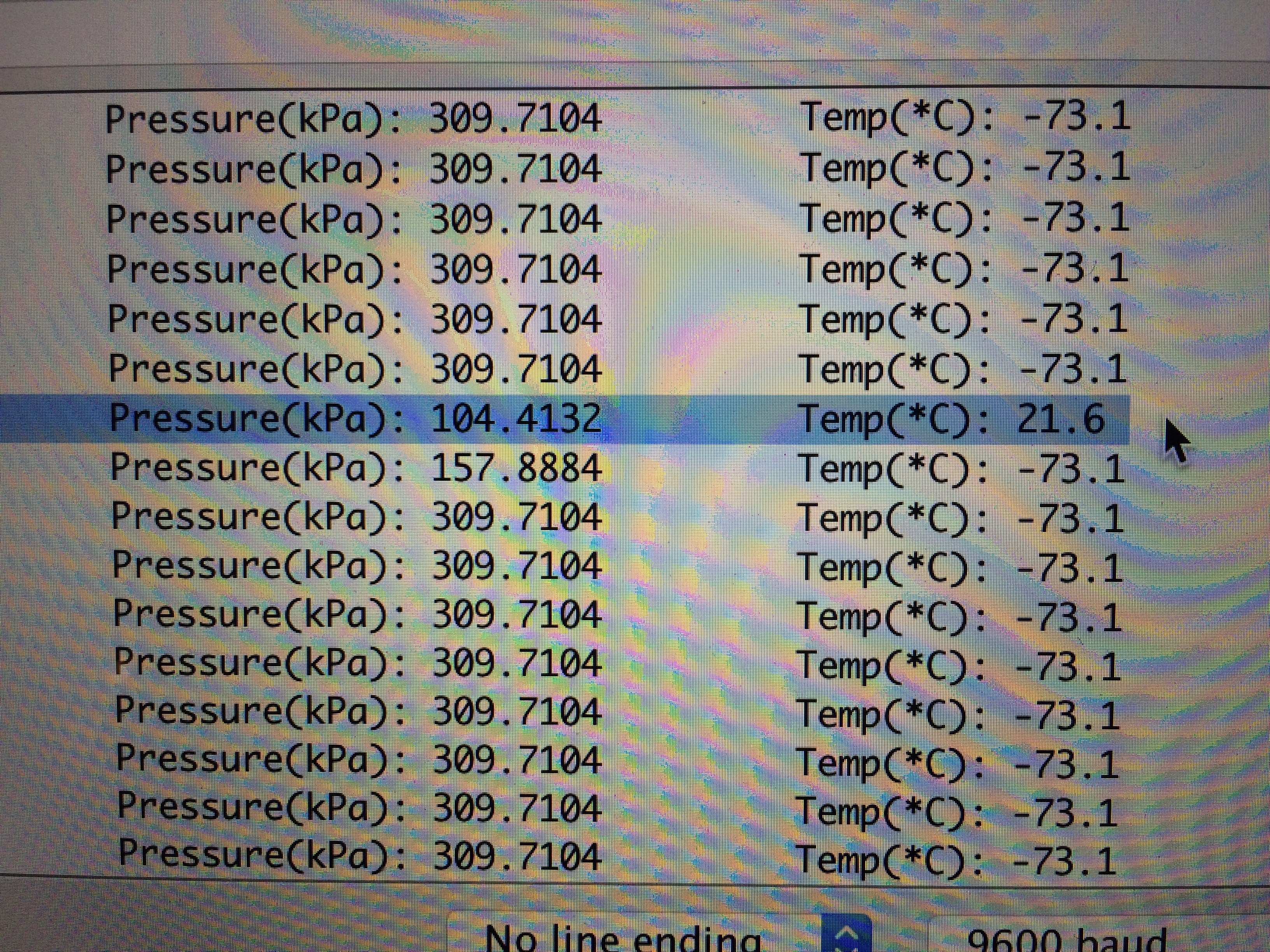
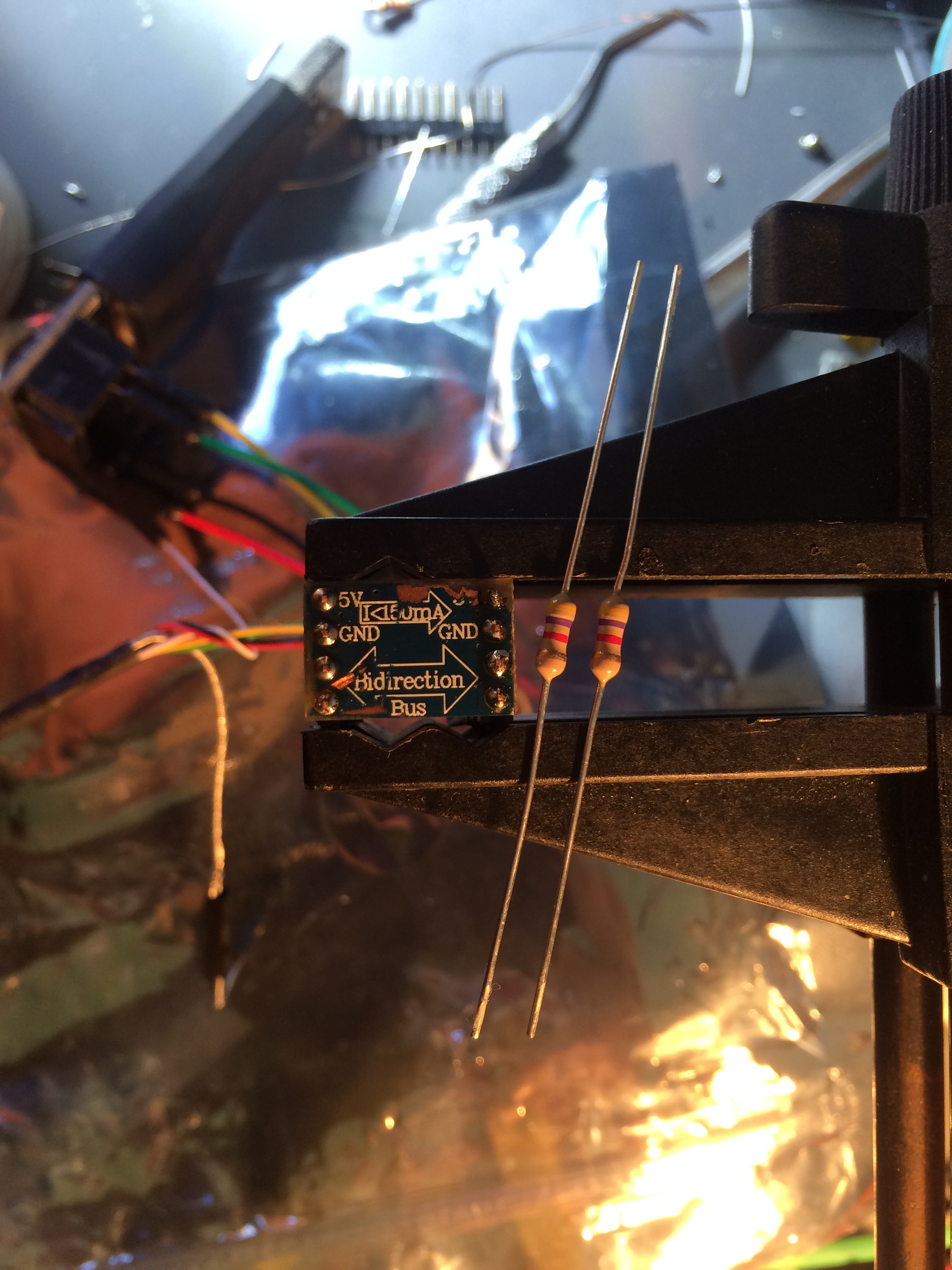
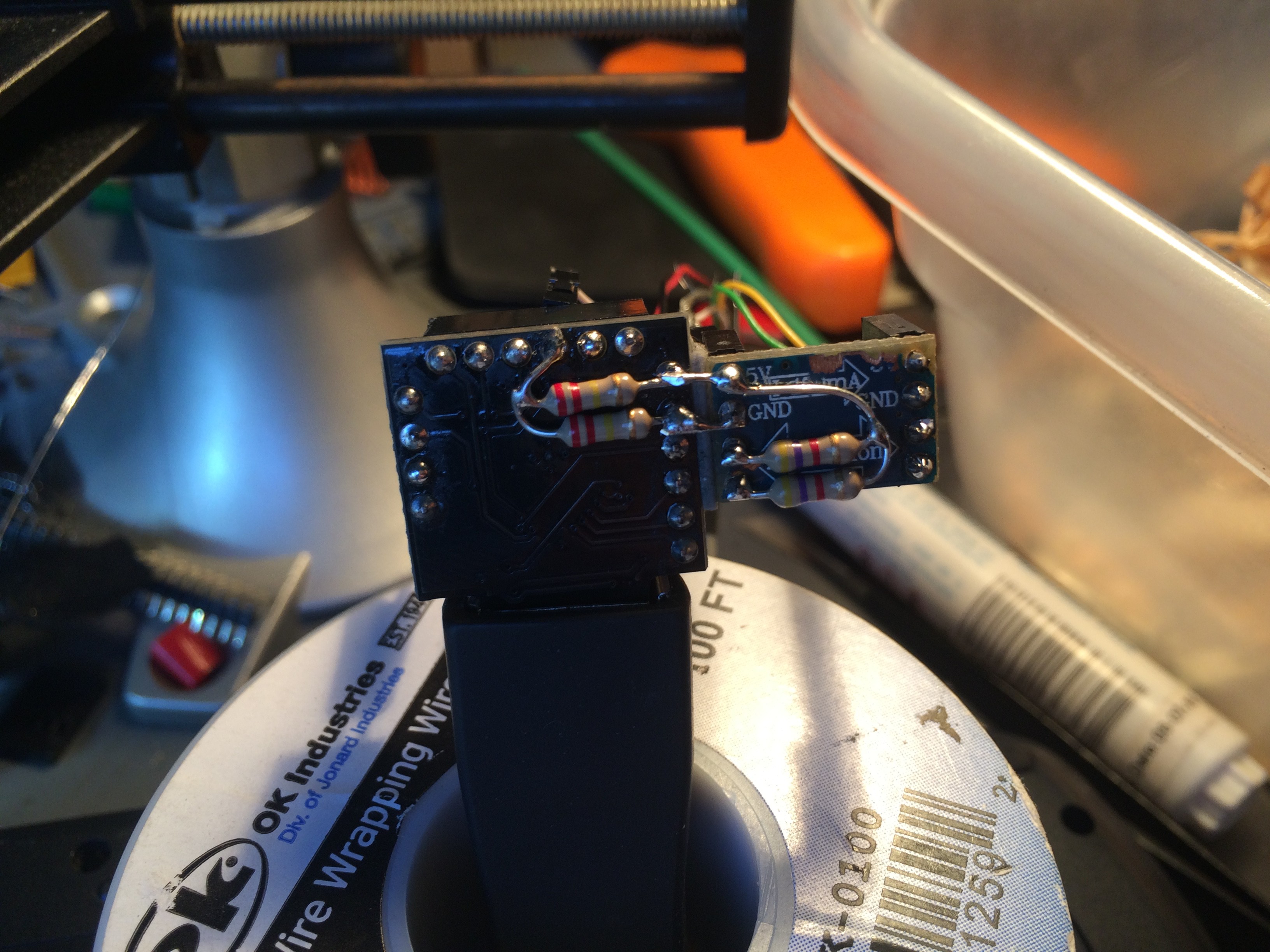

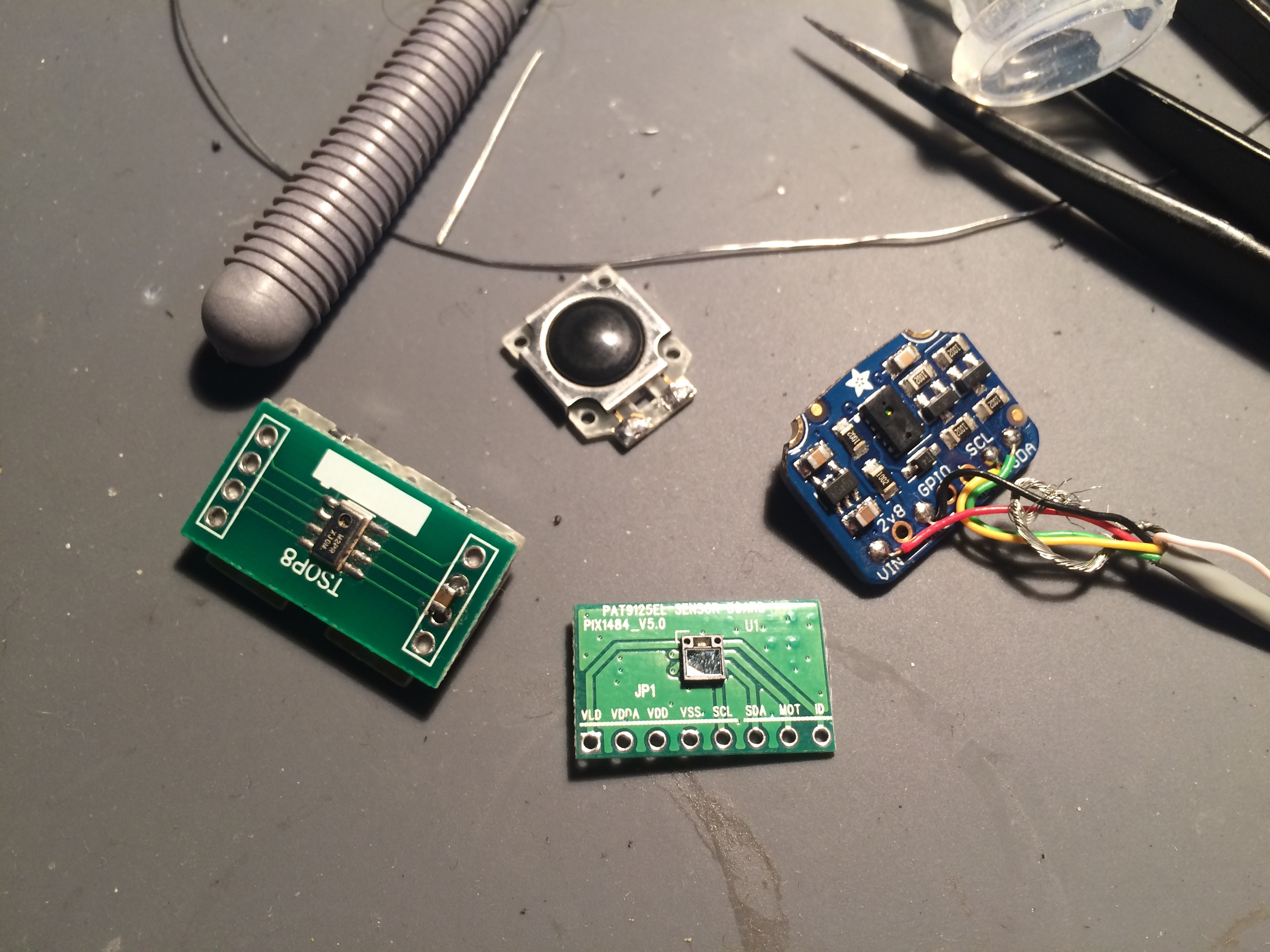
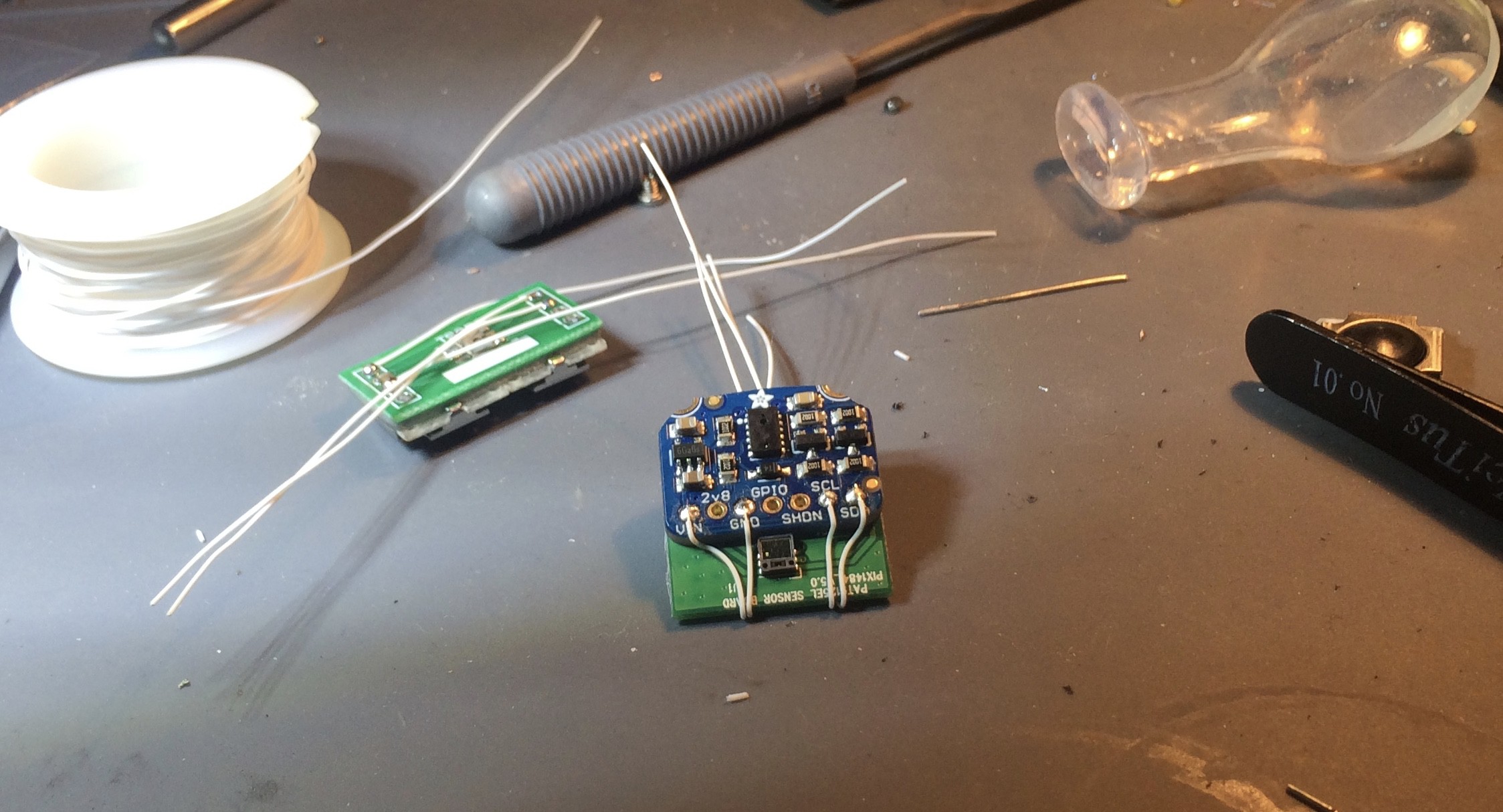
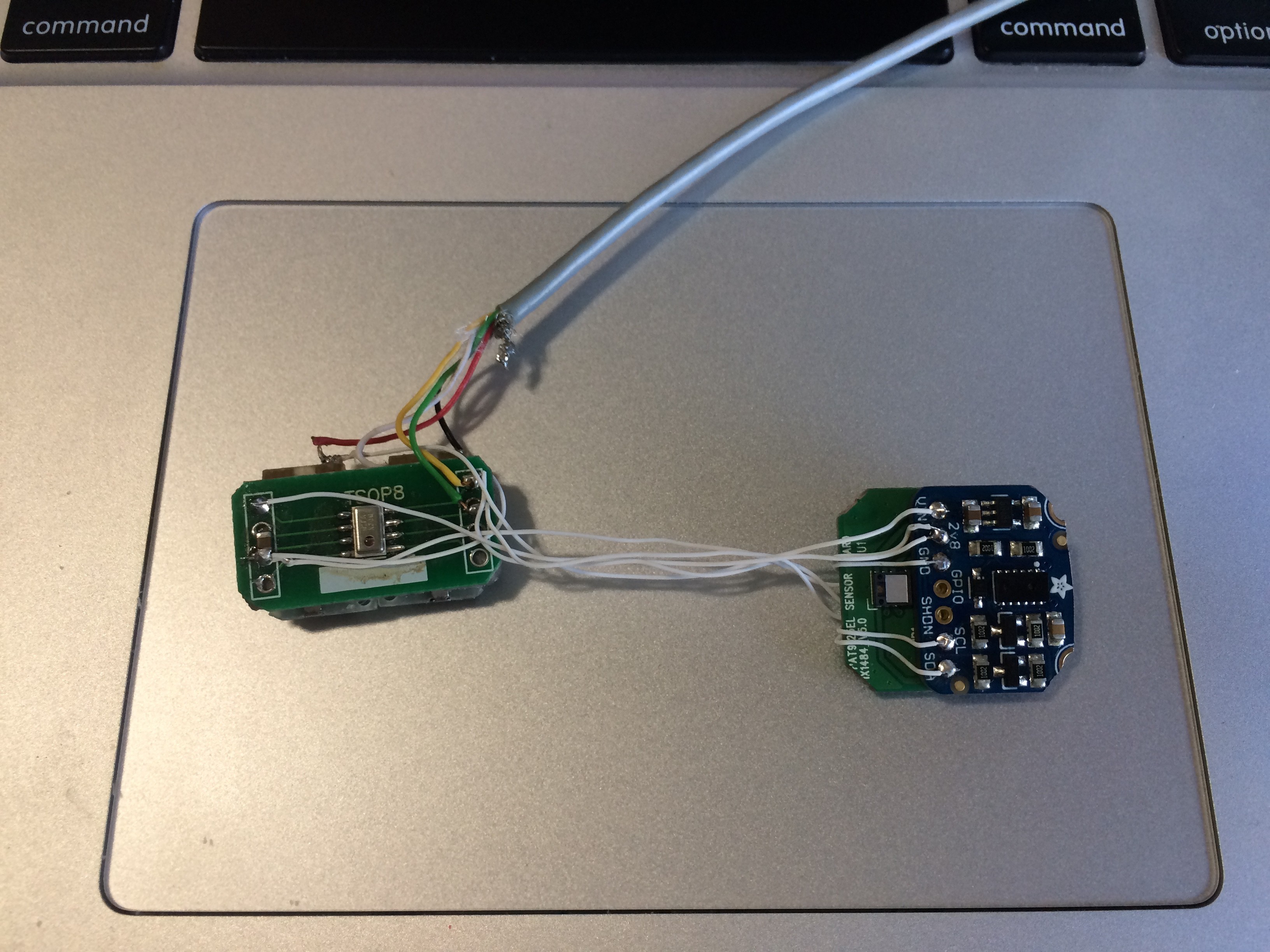
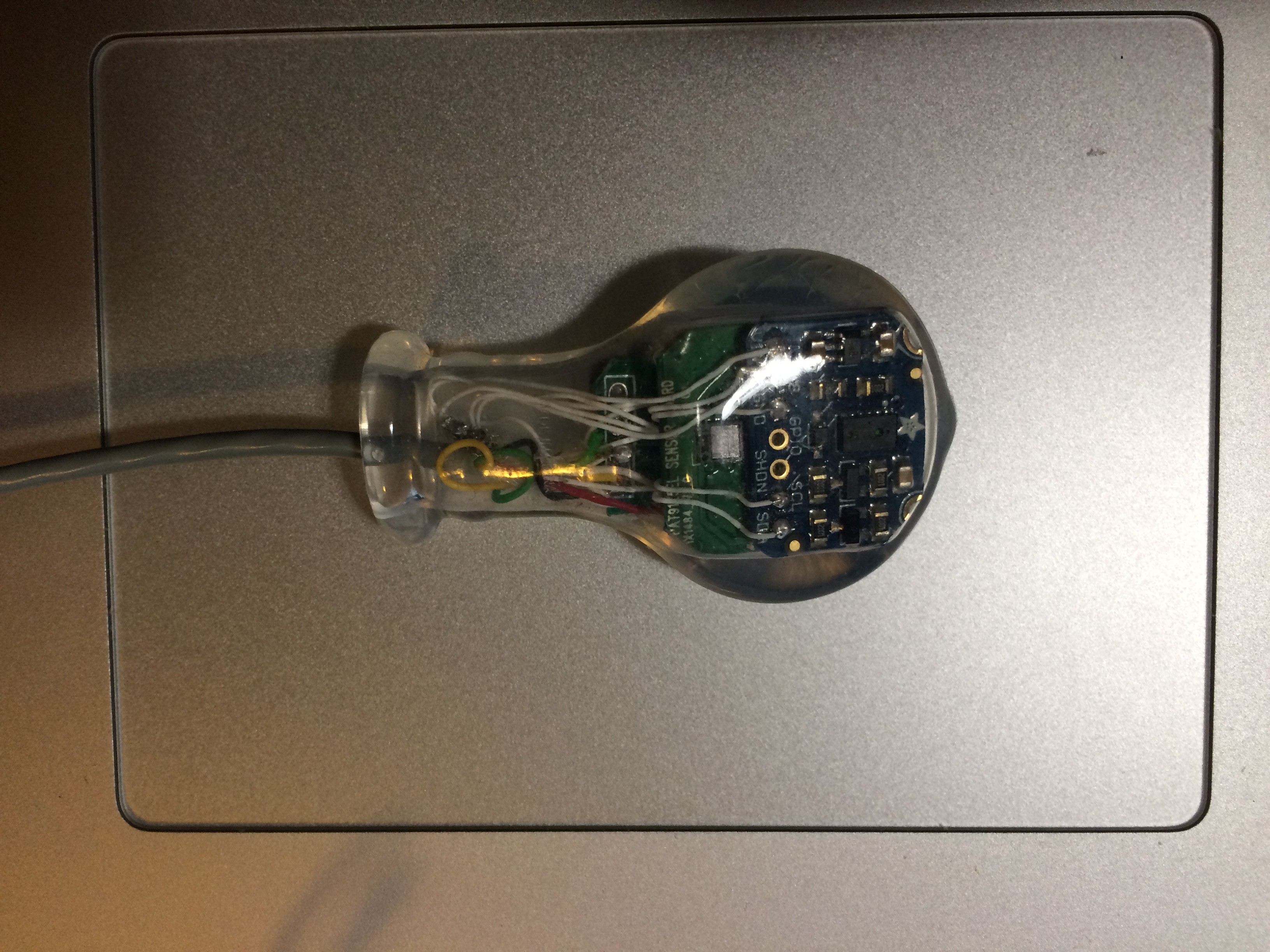
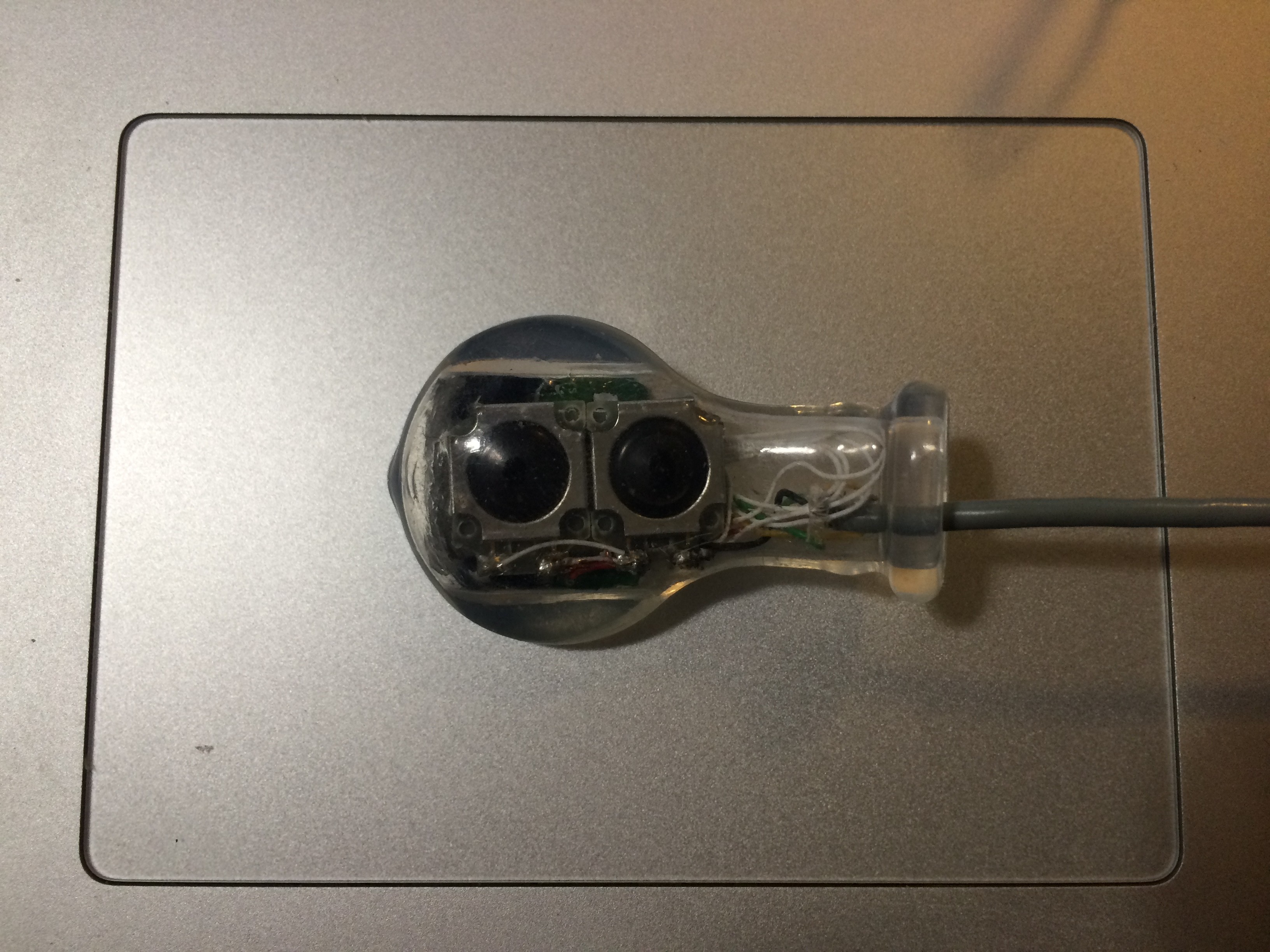
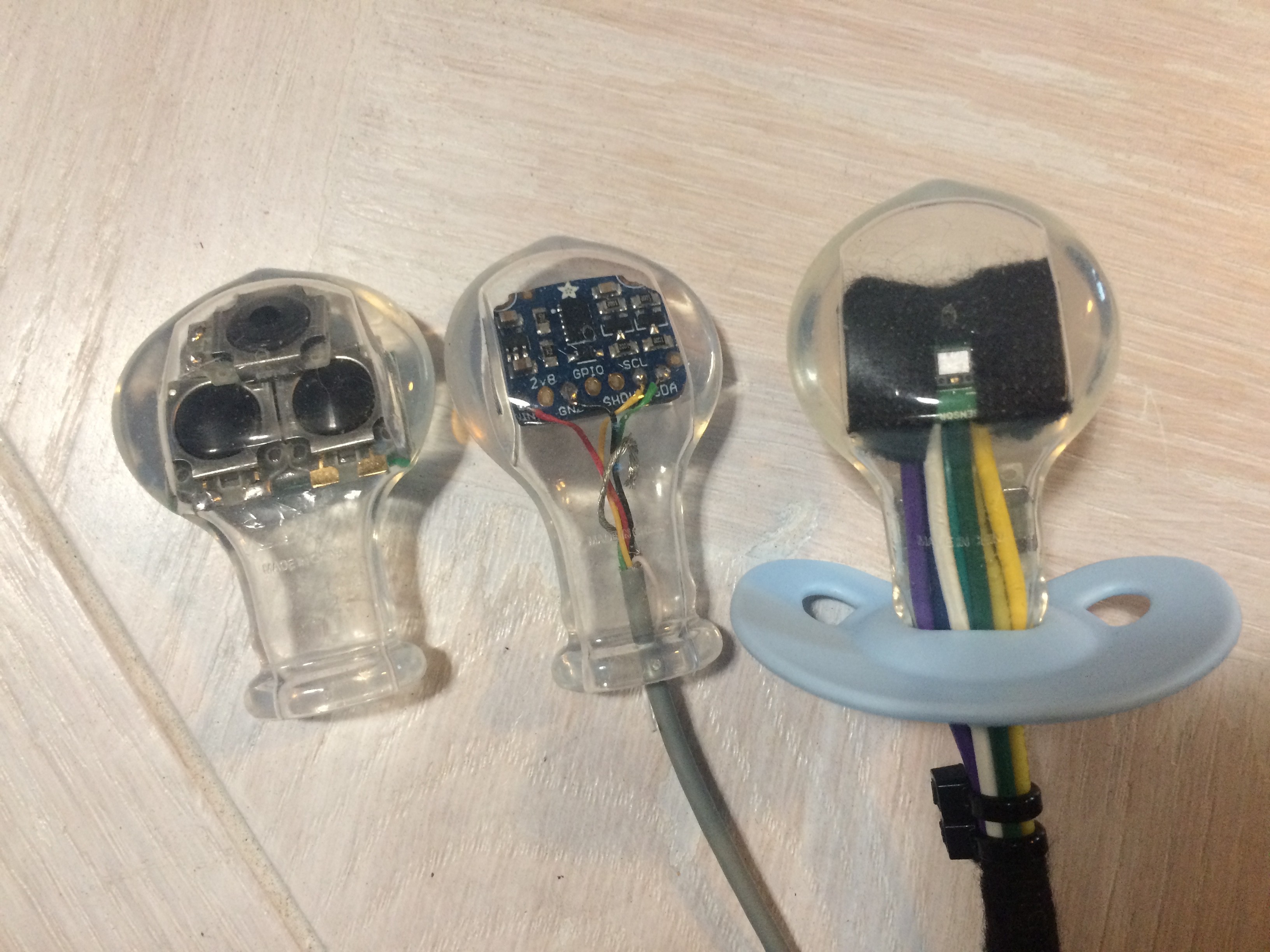
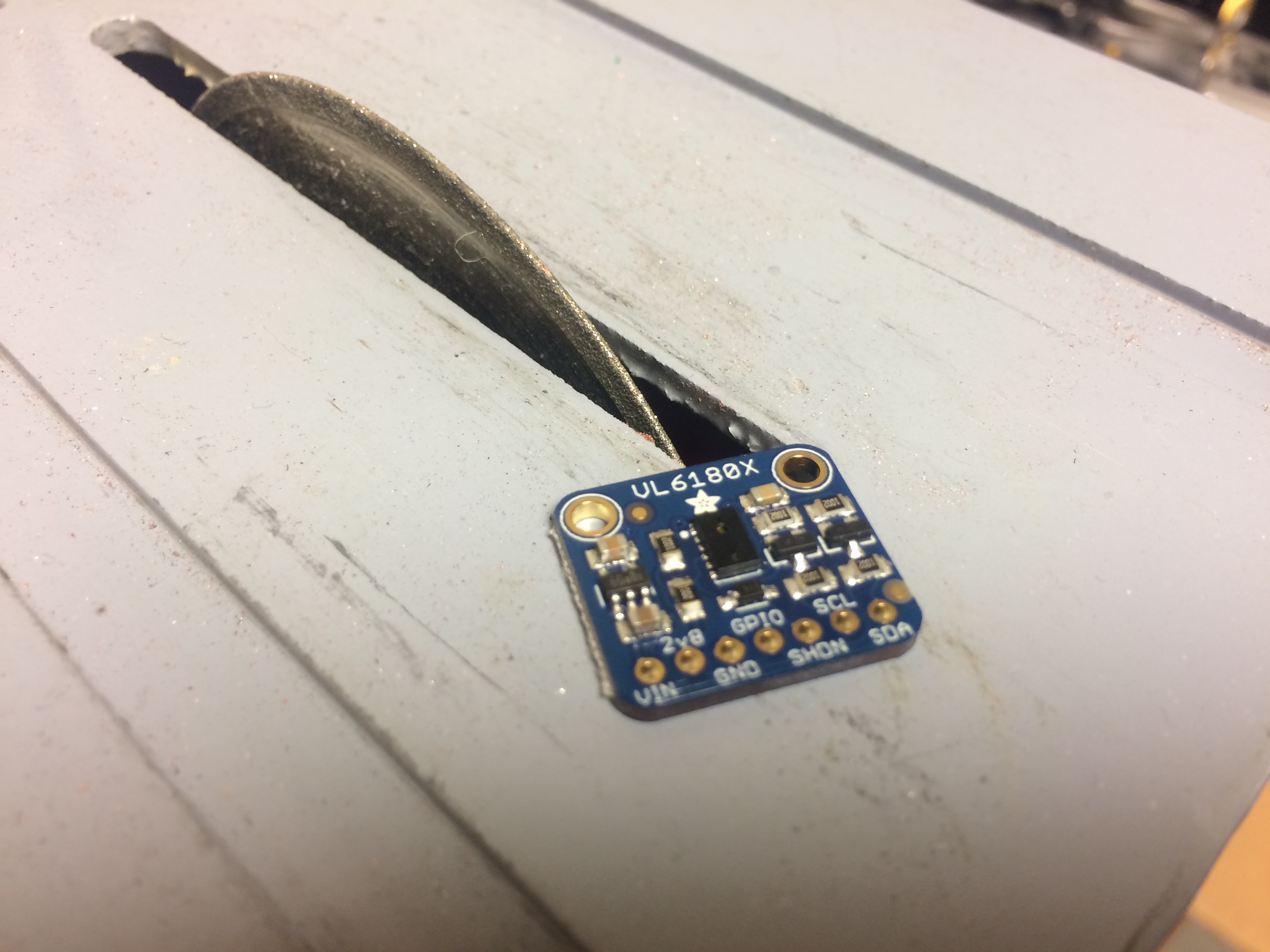
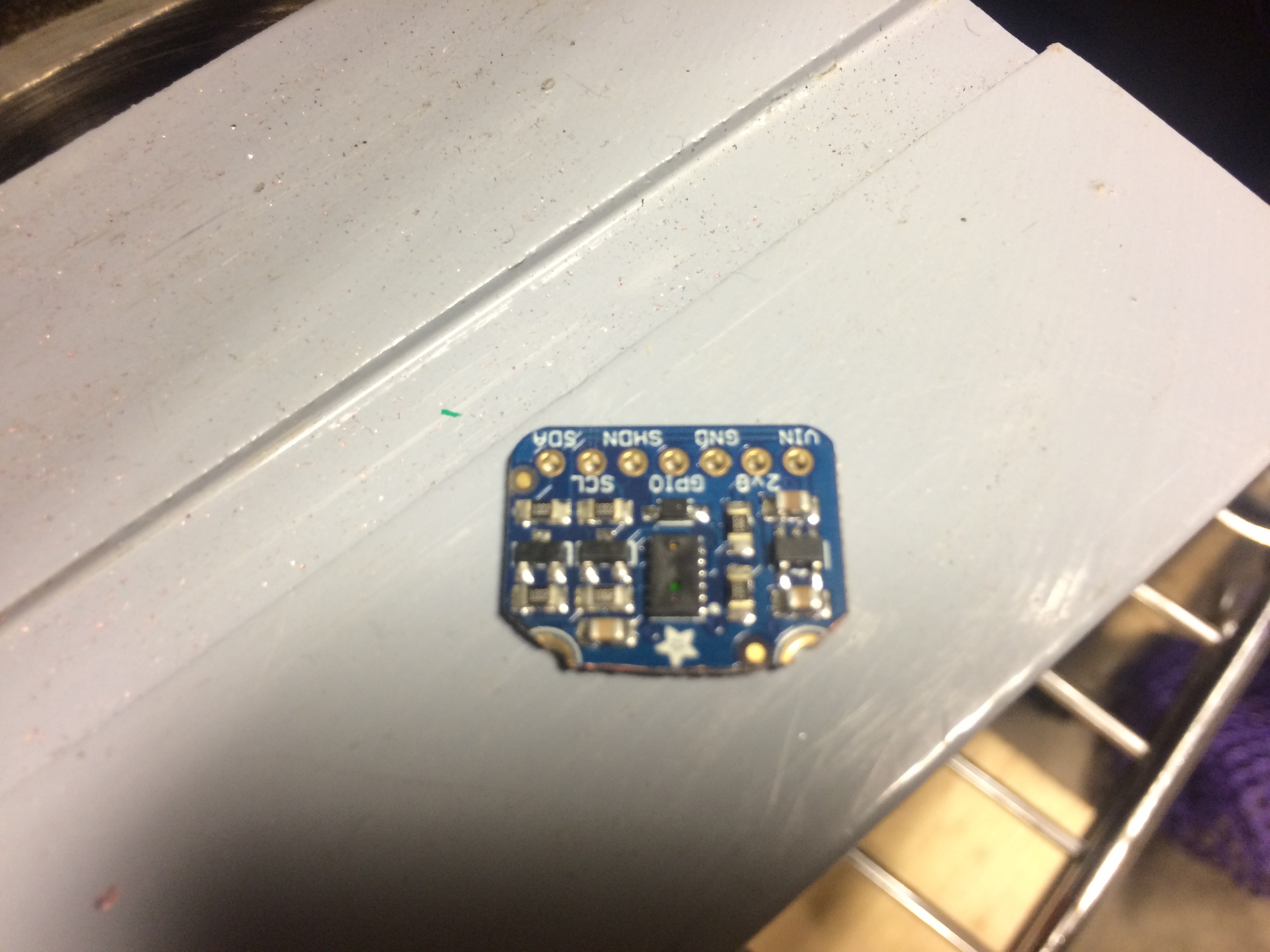
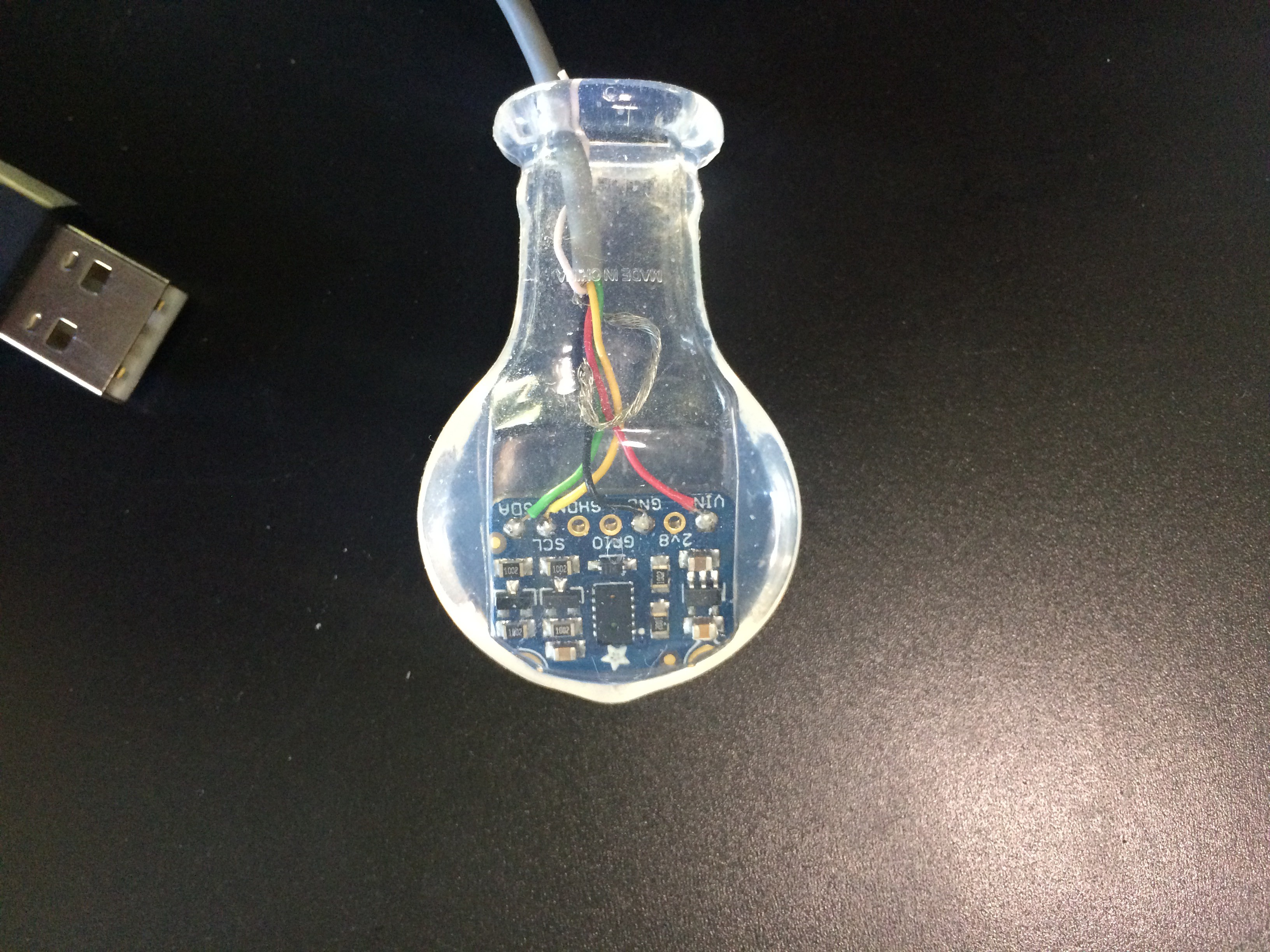
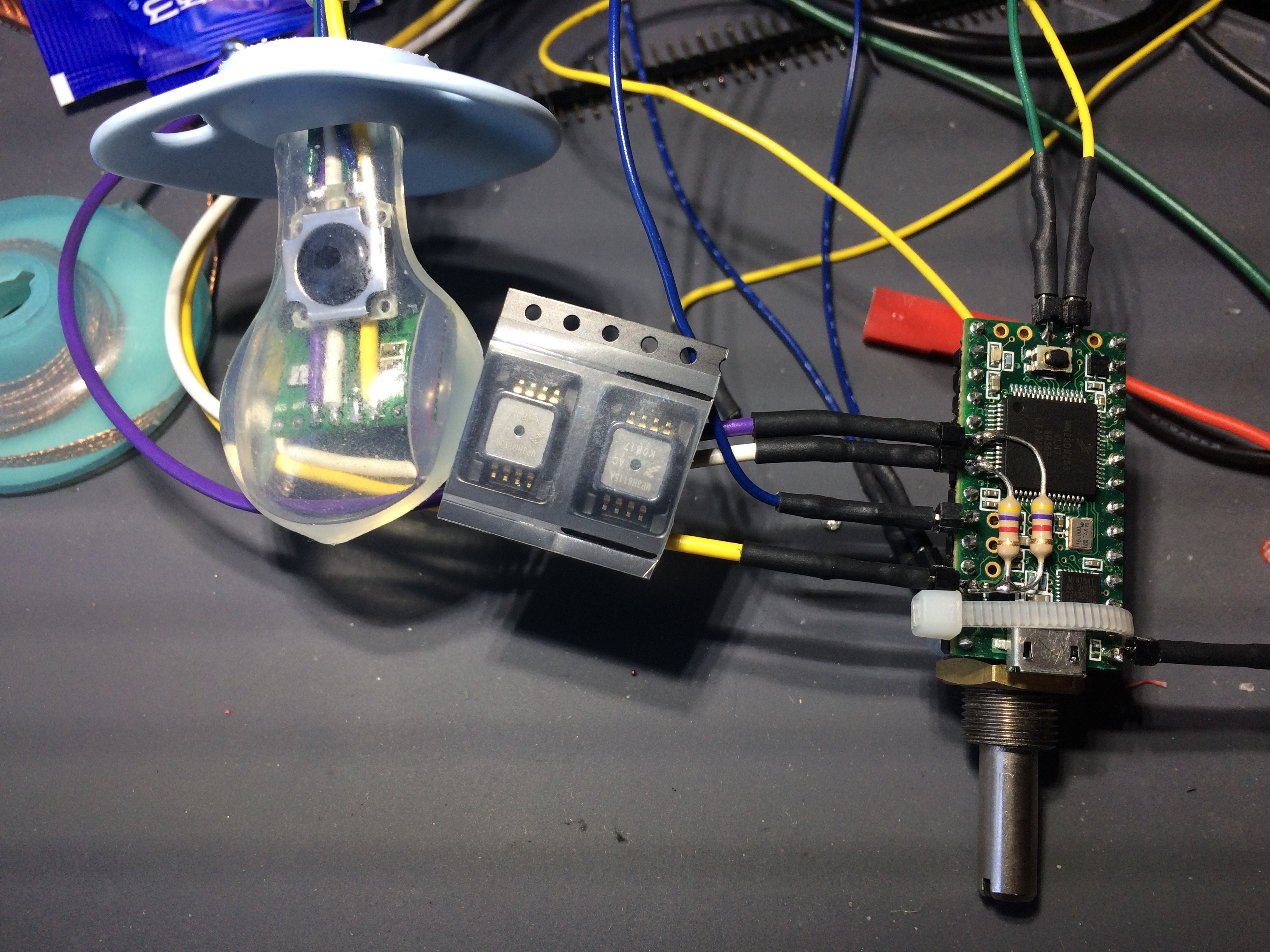

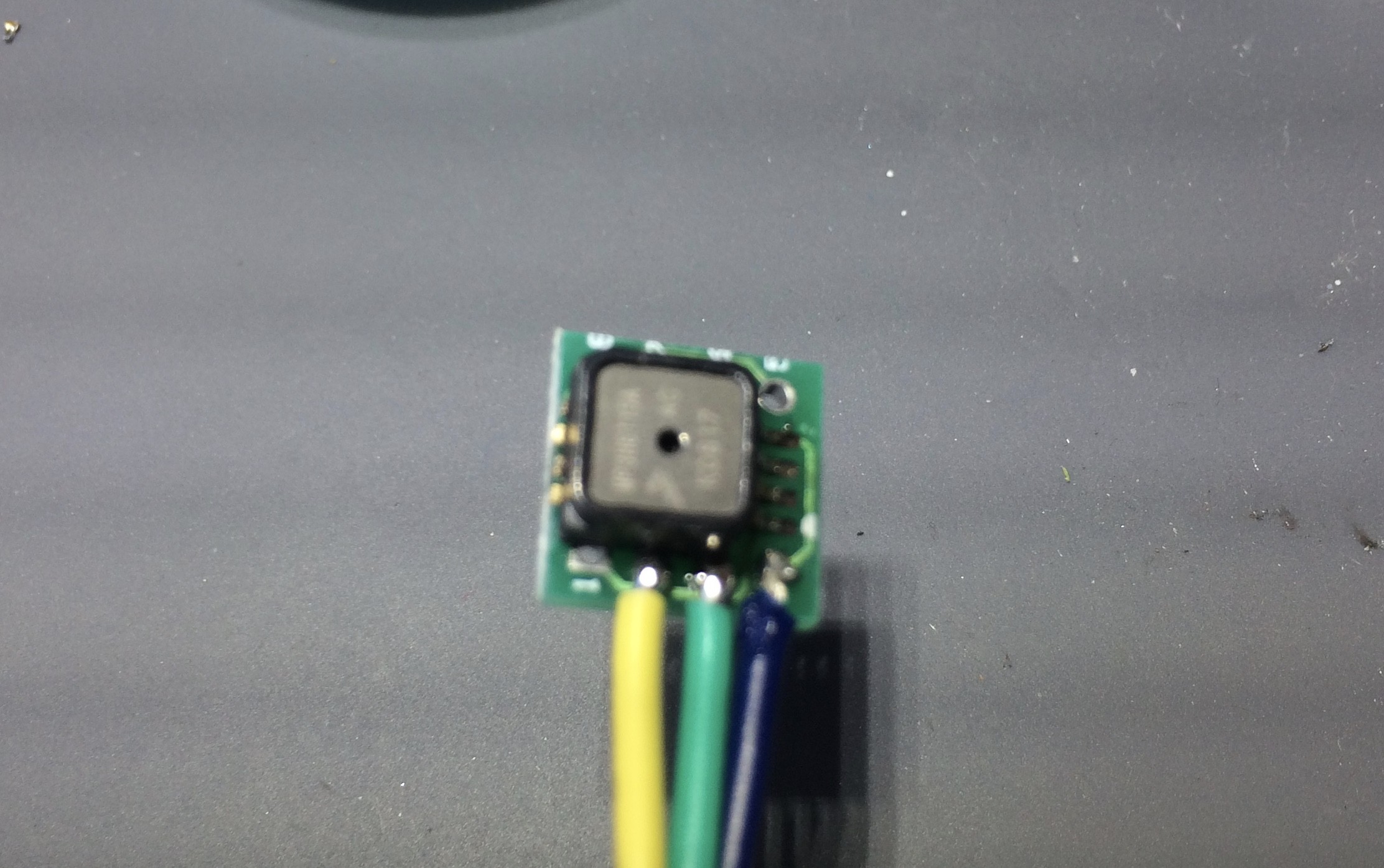
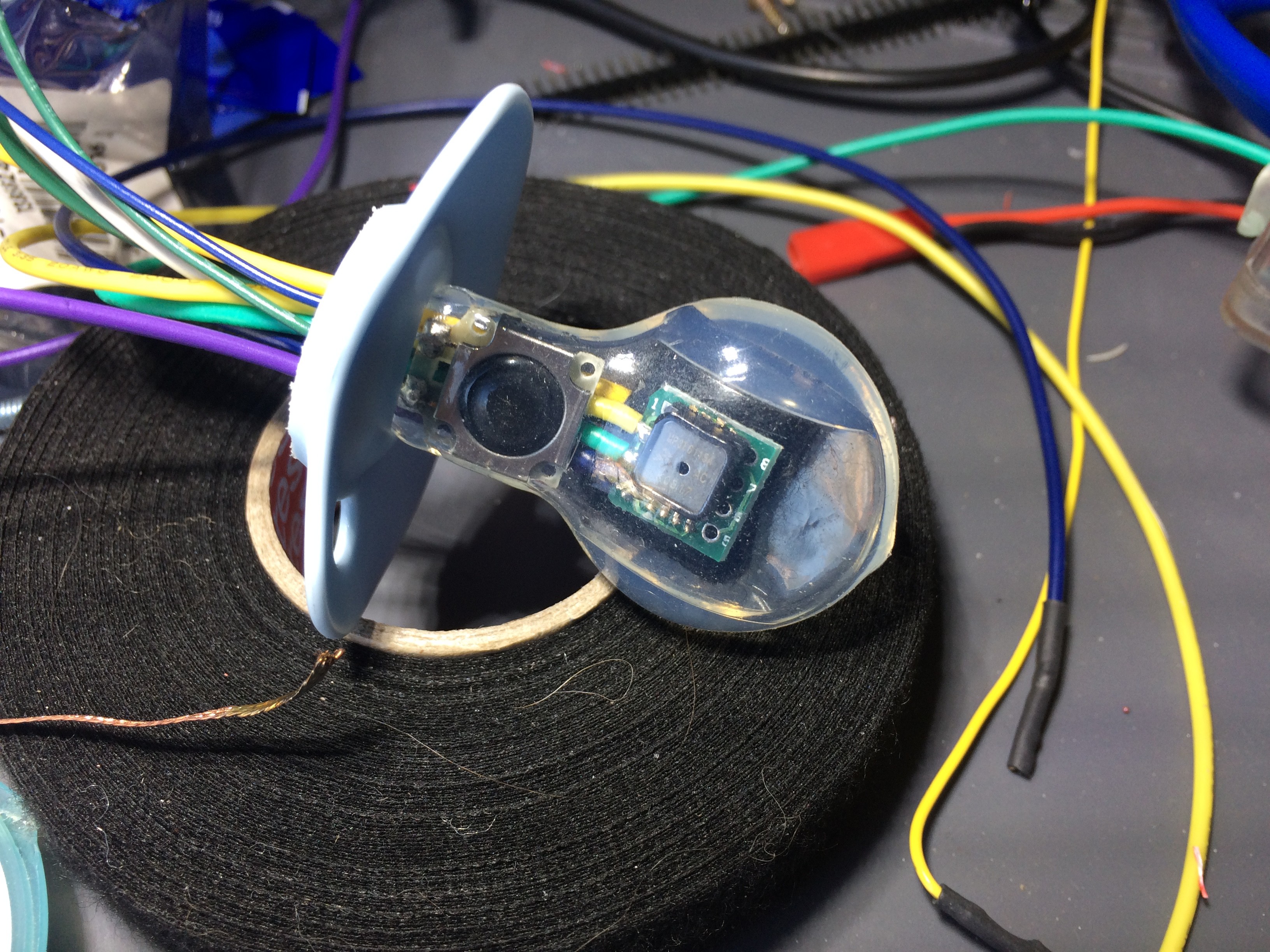
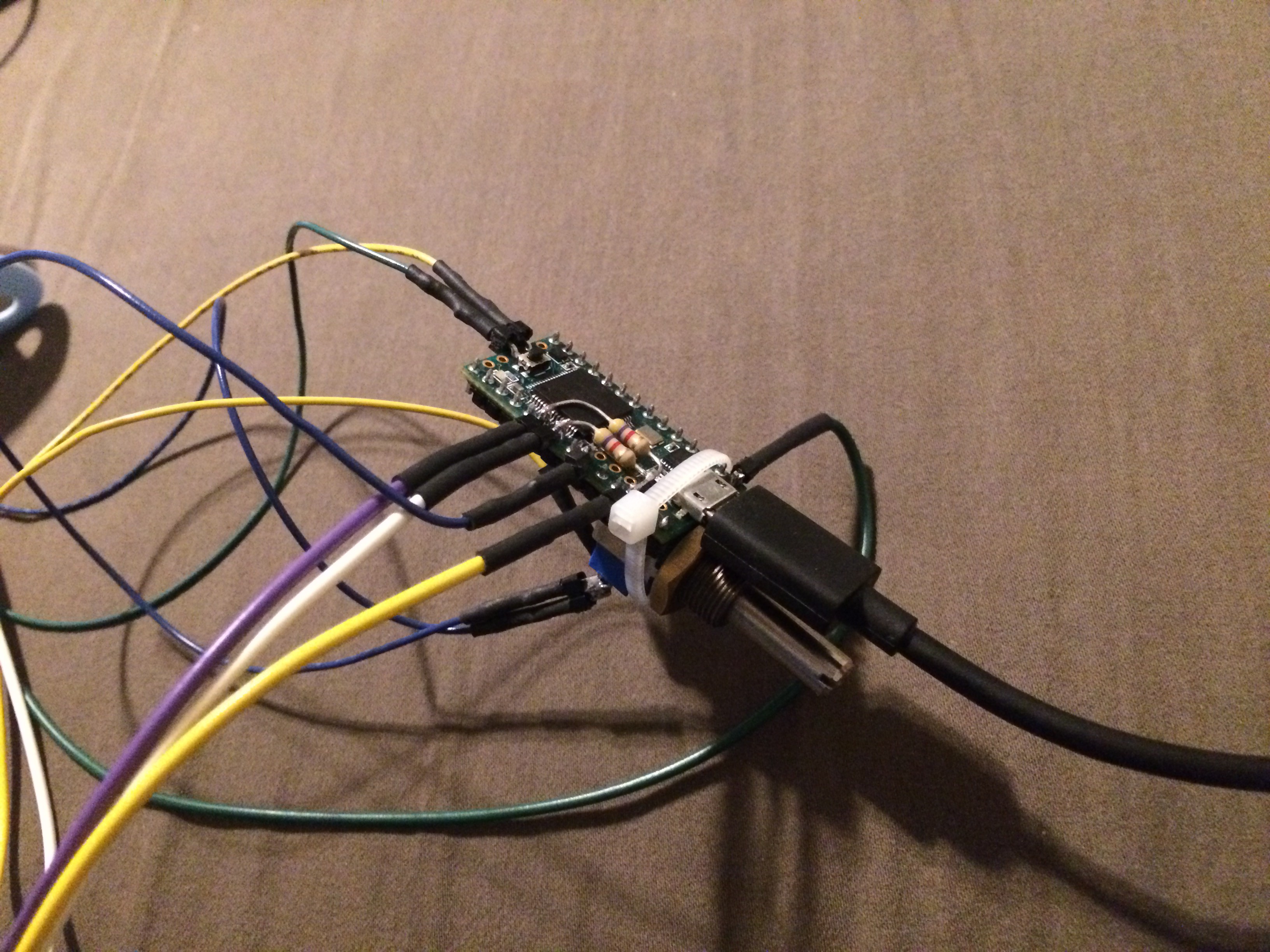
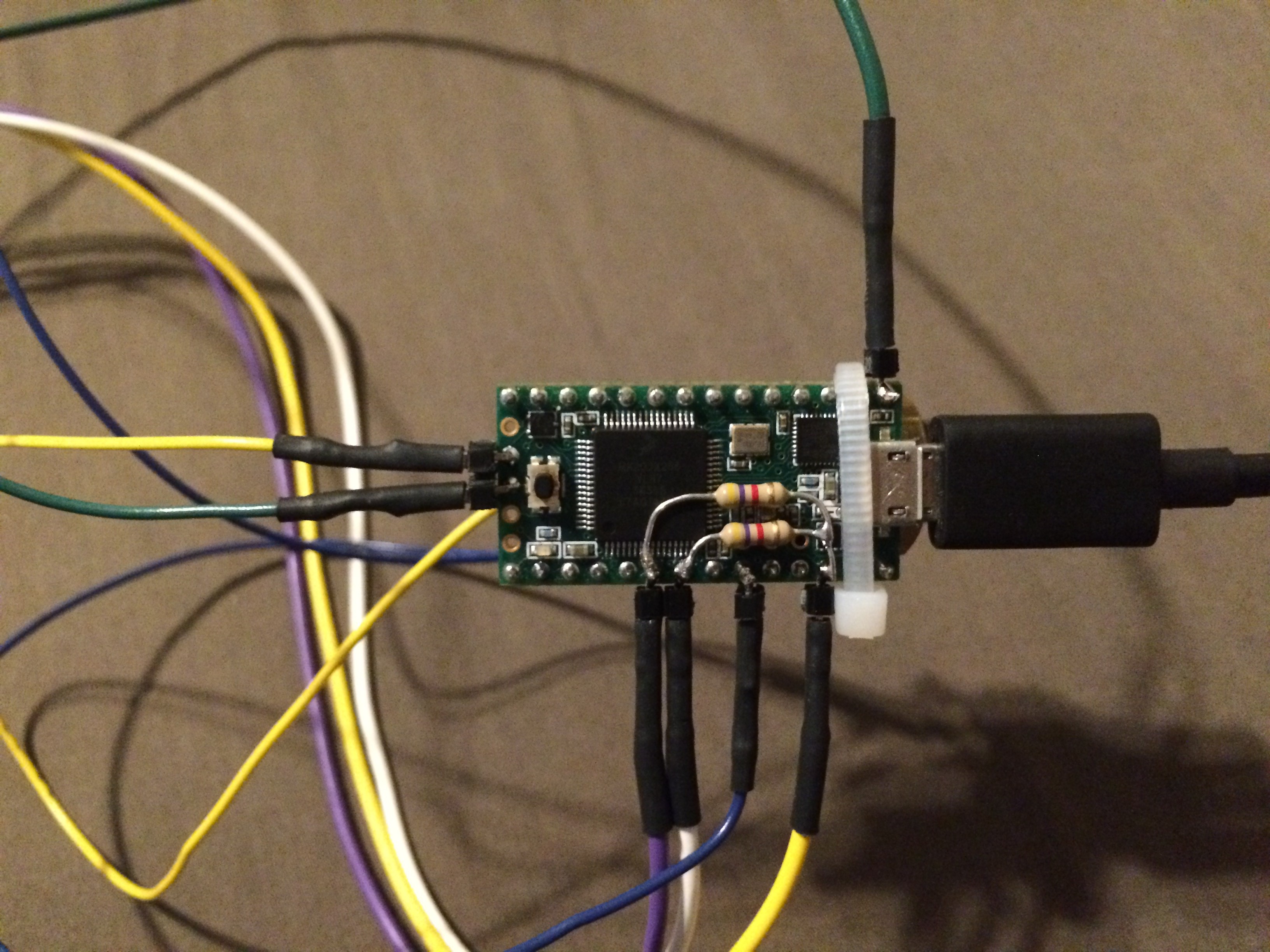
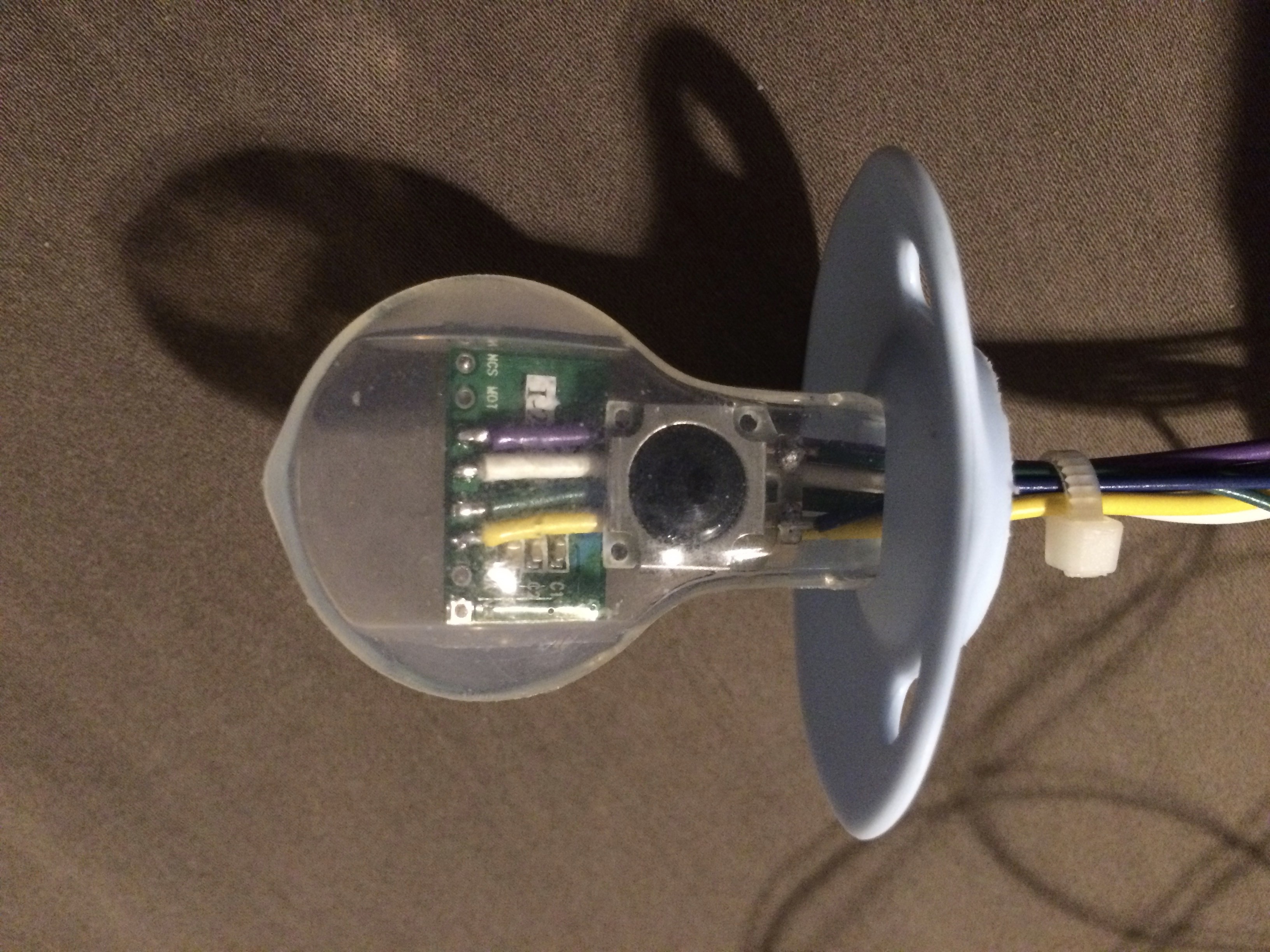




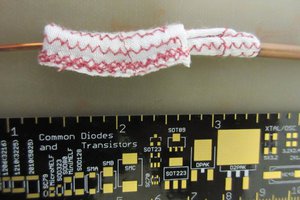
 Kenji Larsen
Kenji Larsen
 Blecky
Blecky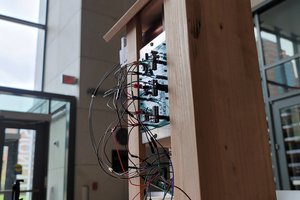
 Keerat Singh
Keerat Singh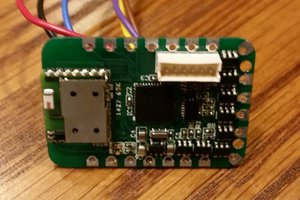
 Statutory Therapy
Statutory Therapy
Hey, most of the images in the project logs appear to be dead.
I wanted to ask about the trackpad sensors. I see you desoldered the flat cable. Since there are many trackpad models out there it is interesting that you can just design a footprint and solder to pcb directly. Do you think the rest of the module (the housing) is still usable afterwards? is that a LED soldered to the flat cable?